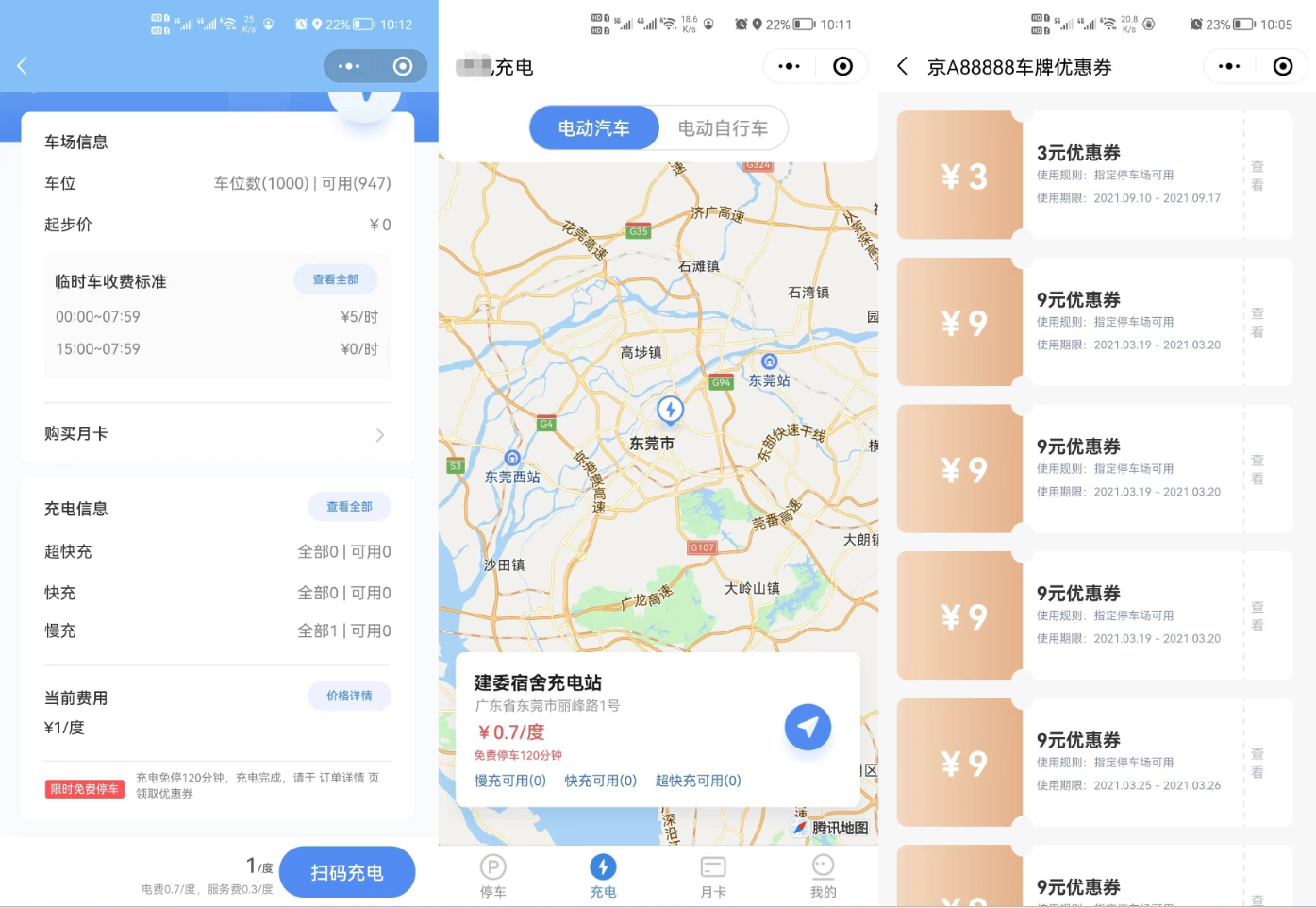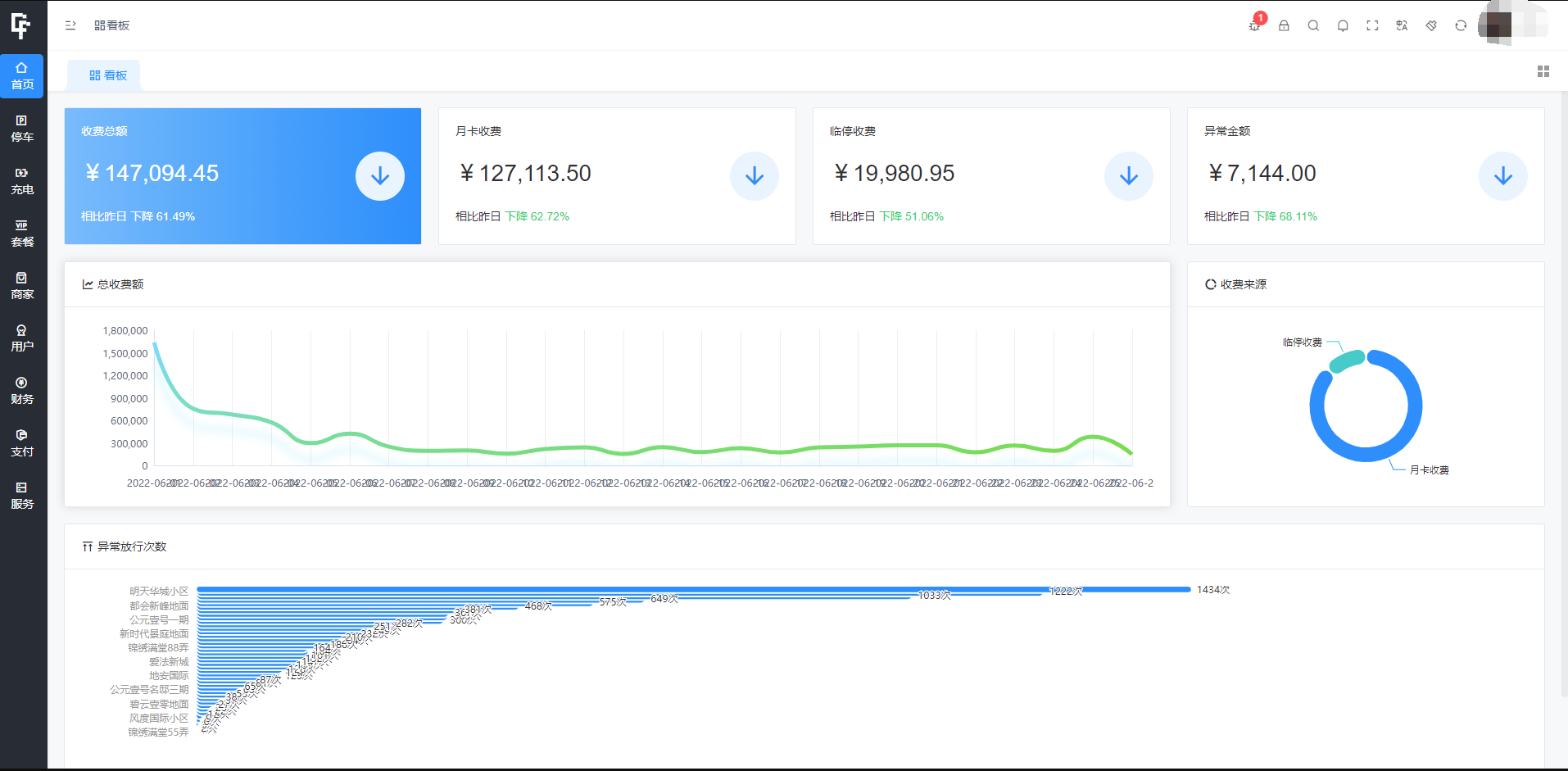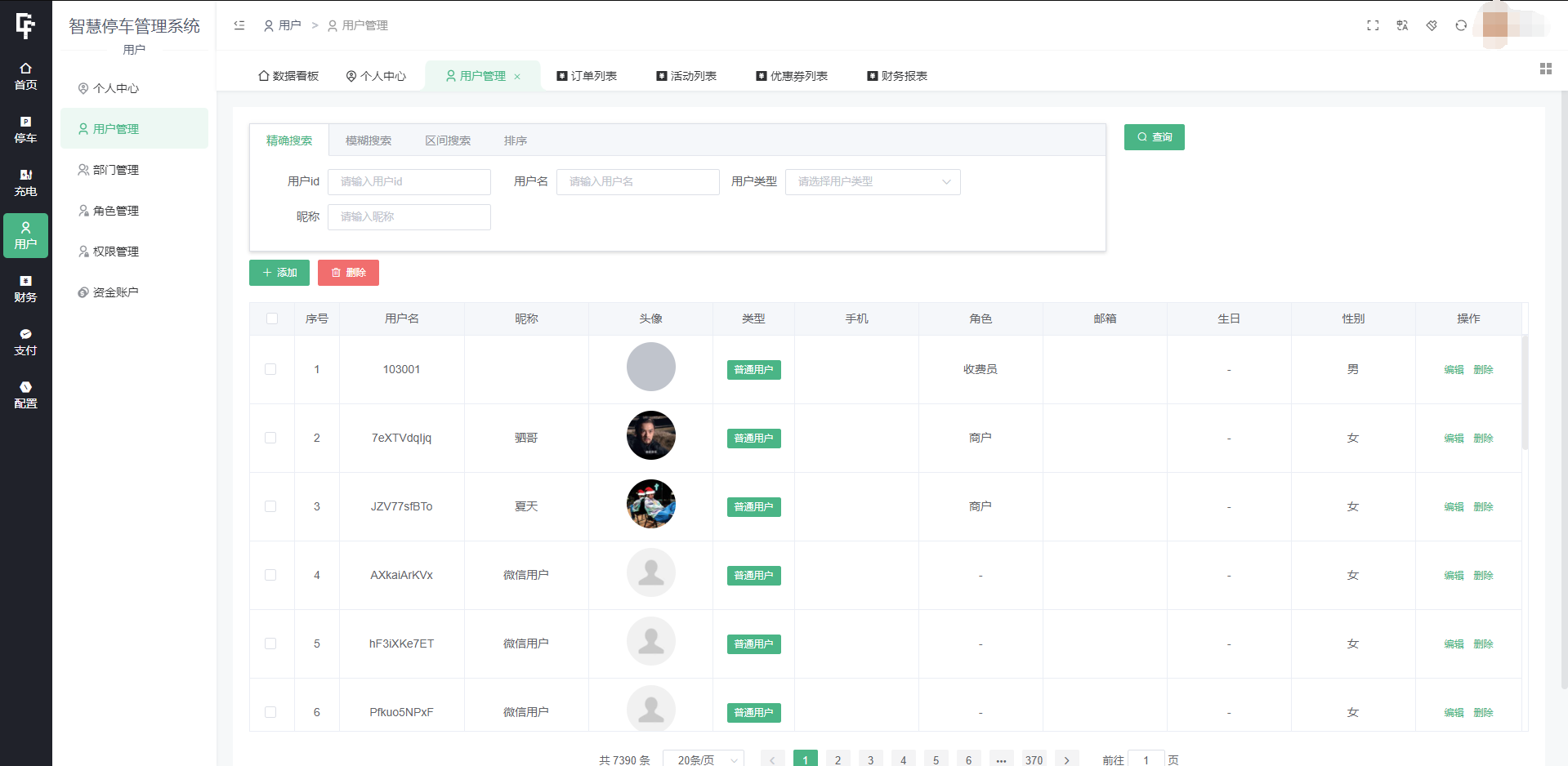
This parking lot system is compatible with multiple mainstream cameras on the market, and is theoretically compatible with all hardware, and has the ability to flexibly expand. After the camera is identified, the data will be automatically uploaded to the cloud and recorded. At the same time, the camera's unique ID and hardware serial number will be verified to prevent abnormal data entry. Users can use their mobile phones to check the details of parking records and make payments independently. The system supports WeChat, Alipay, and bank interface payment, and can designate different merchants for each parking lot to collect money. After payment, during the free time, the system will automatically lift the pole to allow the vehicle to exit the field.
The system also supports querying nearby parking lots on mobile apps, providing navigation, available parking spaces, parking lot fees, coupons, scores, reviews and other information, and supports the function of reserving parking spaces. Even in the event of a power outage or network disconnection, booth personnel can still take over the hardware through the mobile application and enter parking records.
In terms of technical architecture, the backend adopts Java language, frameworks include OAuth2, Spring Boot 2 and Dubbo 2.7.3, and the database adopts MySQL, MongoDB and Redis. The underlying framework for instant messaging uses Netty 4, while Android and iOS applications are developed natively. Vue TypeScript Admin Template is used for background management template, and FastDFS is used for file services. At present, the system integrates Alibaba Cloud SMS service as a SMS service provider. The entire system is designed for tens of millions of data and users. The current actual number of users is 400,000. It has high scalability and big data processing capabilities, and is very suitable for parking lot management in the Internet of Things era.












